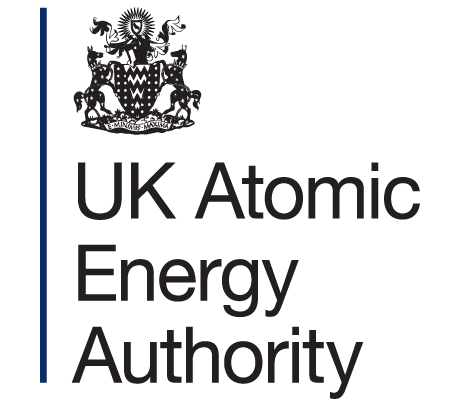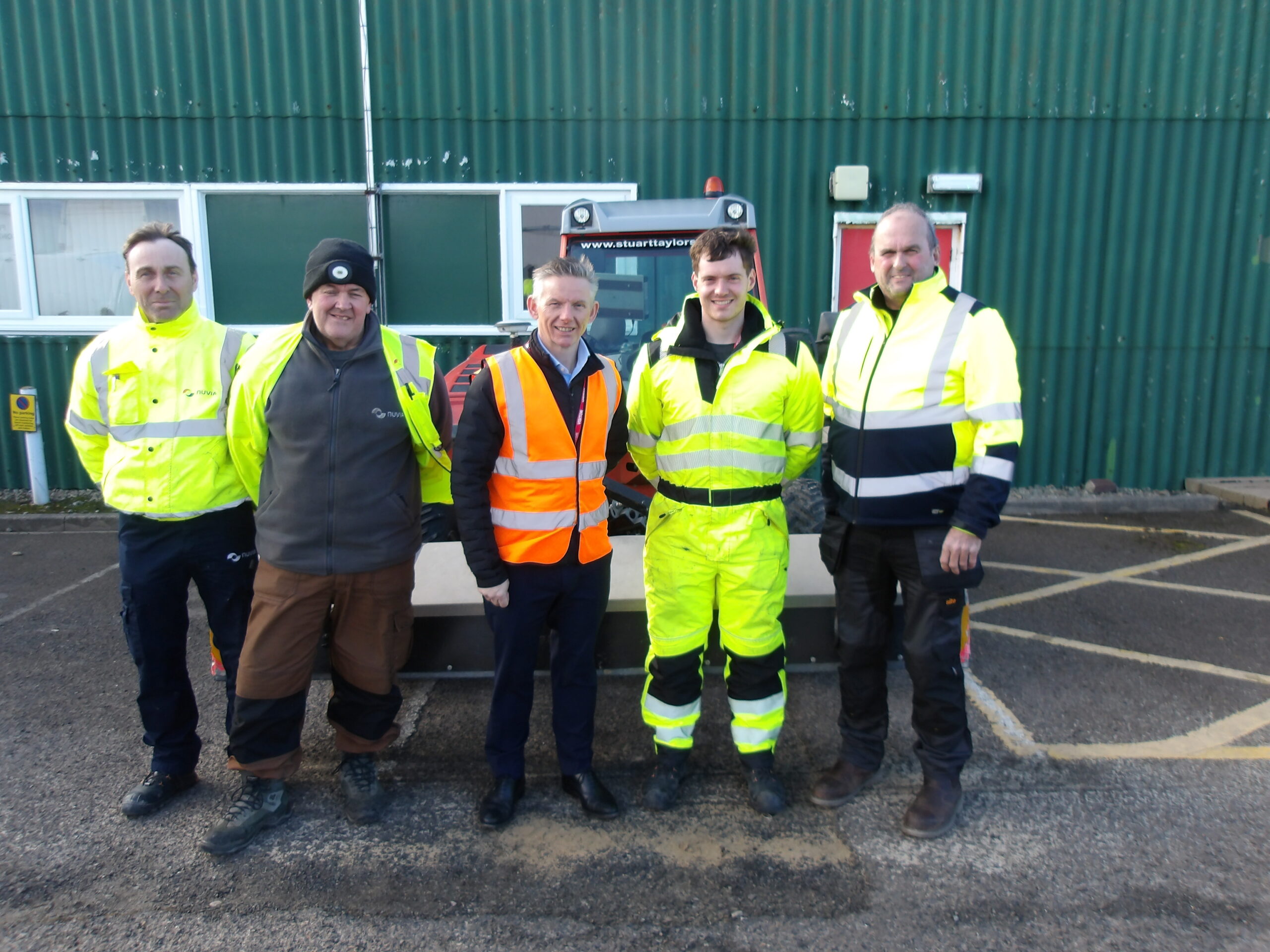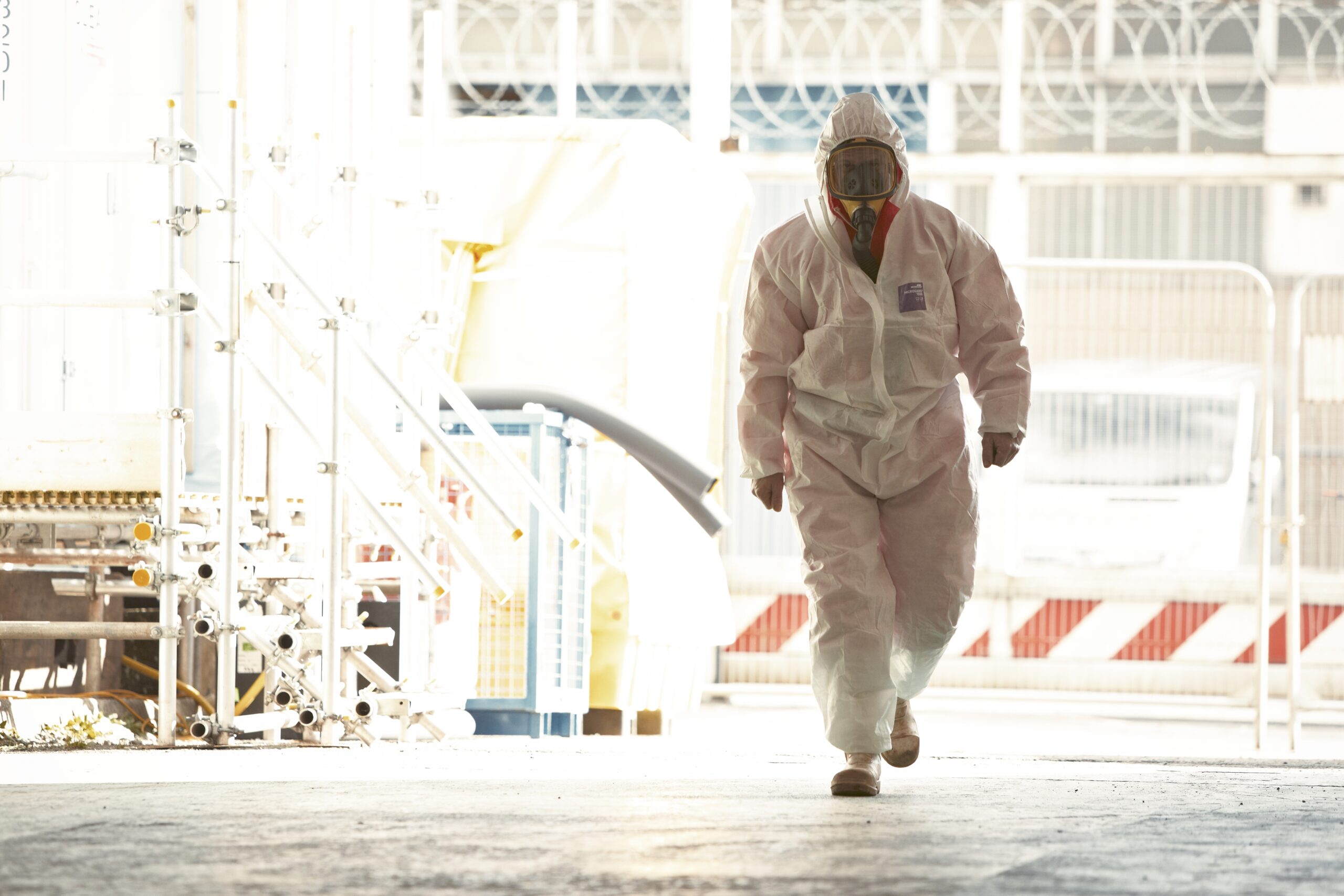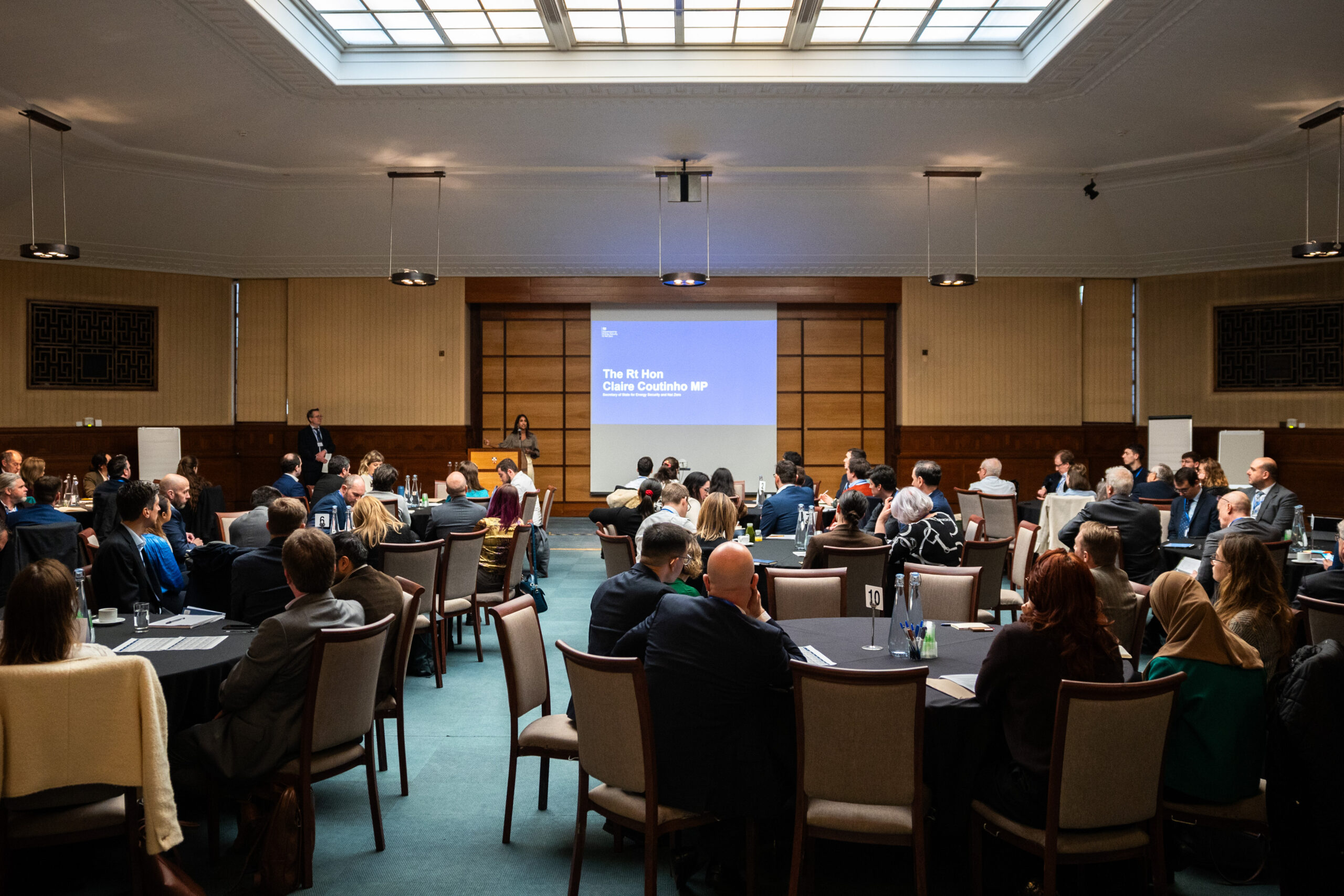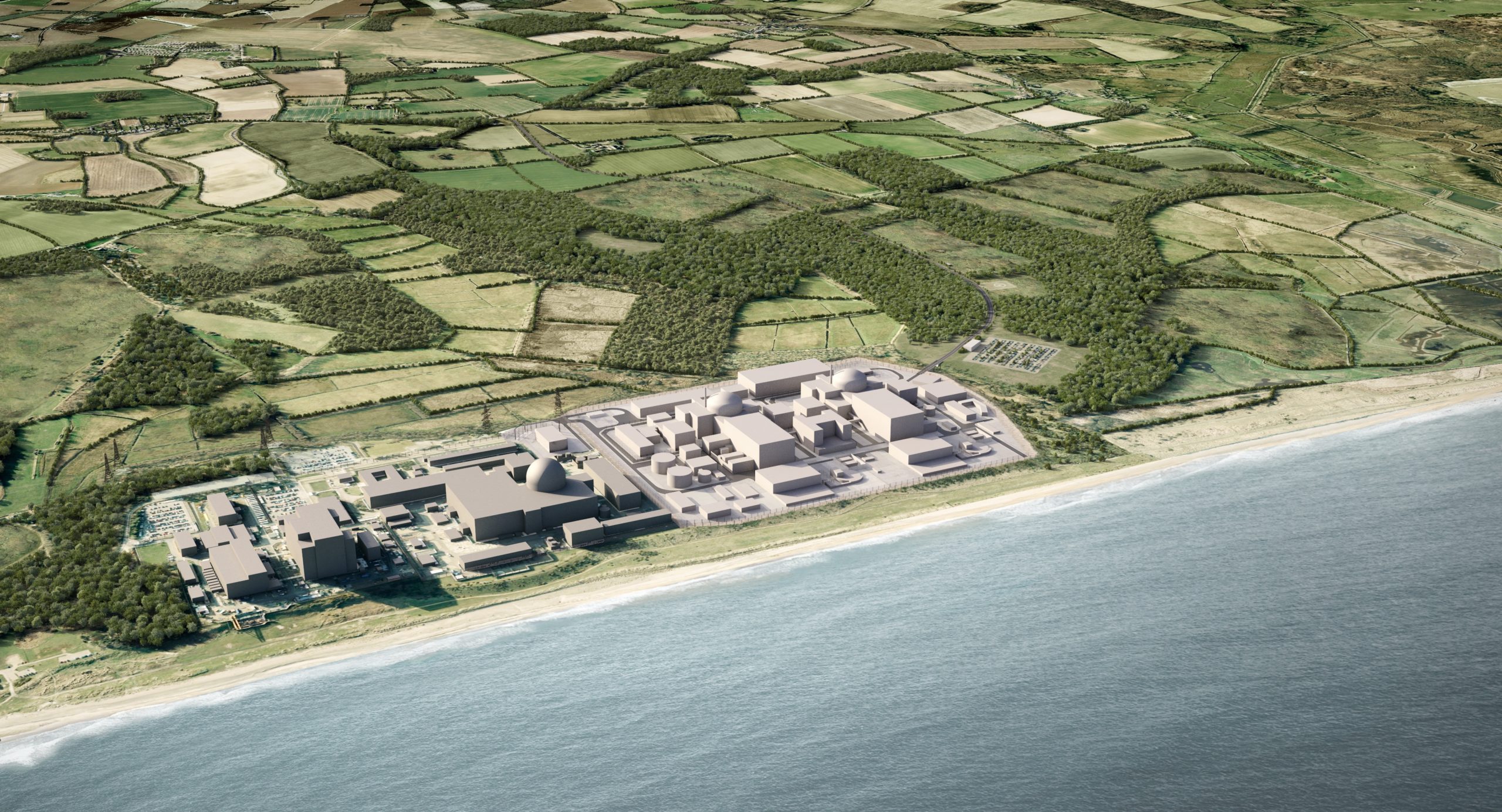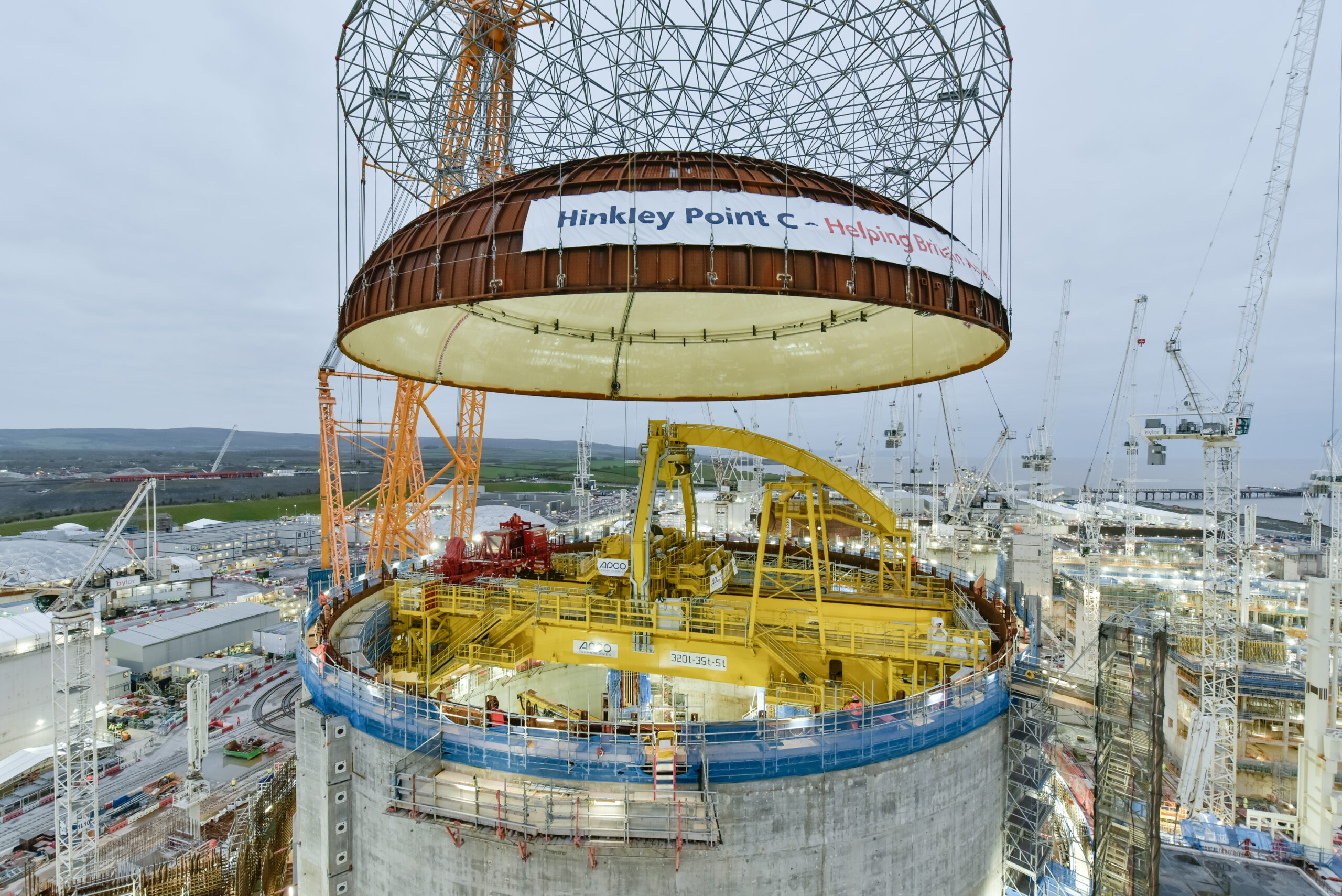Year on year jobs increase can only continue with fresh investment
Nuclear industry employment has grown solidly in 2021, with a robust presence in the UK regions, according to the Nuclear Industry Association’s annual Jobs Map. The civil nuclear sector employs 61,371 people across the UK, an increase of over 1,700 compared to 2020, although urgent investment is needed to sustain that trend and ensure that nationally critical skills are not lost as the existing nuclear fleet retires.
New build projects continue to play a vital role in sustaining employment and enhancing the UK’s skills base. Hinkley Point C employs around 6,300 people on site with more than 780 apprentices having been trained on the project to date. EDF announced earlier this year that employment on site will rise to more than 8,000 in the coming years to finish the project. Sizewell C would also deliver thousands of new jobs as a replica of Hinkley, but legislation for a new financing model is needed to capture those benefits.
Innovations in advanced nuclear technology have also driven the sector’s strong employment presence, with a strong and growing workforce led by Rolls Royce developing UK SMR in Derby and across the country. UK SMR deployment could create 6,000 additional jobs, and the UK is also pursuing advanced gas-cooled designs that would also be led by British engineering.
Elsewhere, the UK’s world-class nuclear fusion research expertise sees more than 2,000 people employed at the Culham Centre for Fusion Energy in Oxfordshire, as another solution for a net zero twenty-first century.
The nuclear industry remains a vital engine of regional economic development, with more than 24,000 people employed in the North West in decommissioning, fuel cycle research, reactor design and other disciplines. In the South West, the sector employs over 12,900 people, with £3.2 billion already spent across the region from the Hinkley Point C project, more than twice the initial target of £1.5 billion set at the project’s outset.
Tom Greatrex, Chief Executive of the NIA, said:
“The nuclear industry stands alone in sustaining tens of thousands of high-skilled, well-paid jobs in zero emissions power across the country, making a significant contribution to the UK’s net zero future. We can have more of these jobs and these opportunities for the next generation of young people if we get a new financing model that will enable building new low carbon power stations. The Government’s ten point plan confirms building back greener means new nuclear as part of the net zero future.”
Sue Ferns, Prospect Senior Deputy General Secretary said:
“These figures show that the nuclear industry is pivotal to the government’s central missions, helping to decarbonise the economy and ‘levelling up’ the regions of the UK by providing tens of thousands of good quality green jobs. However, the looming ‘nuclear gap’ caused by delays in the new build programme puts these jobs and skills at risk. We need decisive action from the government now, starting with bringing forward the legislation on the funding model for new nuclear, so that we can secure both our clean energy future and the decent employment that comes with it.”
Rob Macgregor, National Officer from Unite the Union, said:
“As we move away from fossil fuels into a new age of power generation, the role of Nuclear Generation and the next wave of engineers, technicians and support staff becomes ever more critical to the nation. These are highly paid highly skilled, secure jobs, in an industry that is developing all the time, promoting the highest level of safety. Unite wants to ensure that this new wave has a voice in the industry direction so that it is ready well past net zero and 2050”.
Andy Prendergast, GMB National Secretary, said:
“There will be no net zero by 2050 without new nuclear, and there will be no “just transition” without the tens of thousands of jobs that would be supported both directly and indirectly by the development of new nuclear capacity. That’s the challenge facing the UK Government and political leaders across our regions and nations.
“The last generation of work-horse power stations that have helped keep the lights on and delivered prosperity in working-class communities across the country will soon start the decommissioning process. So, for the sake of a green jobs transition, our security of supply, and our net zero ambitions, it’s time to be ambitious about the future role of nuclear in the UK’s energy mix.”
ENDS
Notes to editors
- The full Jobs Map is available to view here: niauk.org/resources/jobs-map-2021
- The UK has seven generating nuclear power stations, of which Hunterston B, Hinkley Point B, Heysham I and Hartlepool nuclear power stations are all scheduled to retire by the end of March 2024, representing more than 4 GW of nominal generating capacity. Hunterston and Hinkley Point B will be in defuelling by mid-2022.
- Of the existing fleet, only the Pressurised Water Reactor at Sizewell B, with 1.2 GW of capacity, is scheduled to be operational after 2030.
- Nuclear is the second most important source of clean power in the UK currently, after wind.
About the Nuclear Industry Association
As the trade association for the civil nuclear industry in the UK, the Nuclear Industry Association represents more than 250 companies across the UK’s nuclear supply chain.
Links
Follow the NIA on Twitter @NIAUK and LinkedIn
For further information, please contact:
Iolo James, Media and Communications Manager
[email protected]
07554701533



